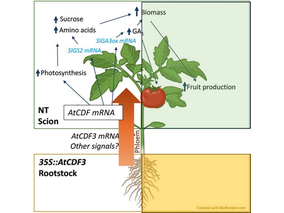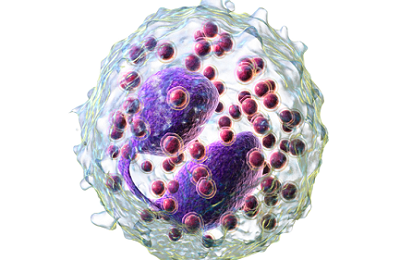In studying the molecular biology of brain development, a team of researchers from the Ludwig Cancer Research in Stockholm has discovered how disruption of a developmental mechanism alters the very nerve cells that are most affected in Parkinson’s disease. They have also explained how such disruption induces a lethal dysfunction in the internal, house-keeping processes of such neurons. The results of their study, in which the co-corresponding author is Dr. Ariadna Laguna, from the Neurodegenerative Diseases group at Vall d’Hebron Institute of Research (VHIR), are published in the current issue of the journal Nature Neuroscience.
The study took nearly four years to complete and involved the exquisitely targeted manipulation of mouse genes to generate a unique model of the disease. According to the Ludwig Stockholm director, Thomas Perlmann, “the model, in many important ways, mimics the manifestation of Parkinson’s in humans and has illuminated what appears to be a key mechanism of neural decline in this devastating disease”.
Dr. Ariadna Laguna participated in this study during her postdoctoral fellowship at the Ludwig Cancer Research.

The research team observed changes in head circumf...

AtCDF3 gene induced greater production of sugars a...

Un estudio con datos de los últimos 35 años, ind...

En nuestro post hablamos sobre este interesante tipo de célula del...

La revista ‘Nature Protocols’ selecciona esta técnica como “pro...
Biotechnology portal in Spain
Subscribe to our newsletter and stay up to date with the latest news and deals!
2013 © Biotech-Spain.com - Site Developments SL. All Rights Reserved. Terms of Service | Privacy Policy
Articles
Directory
